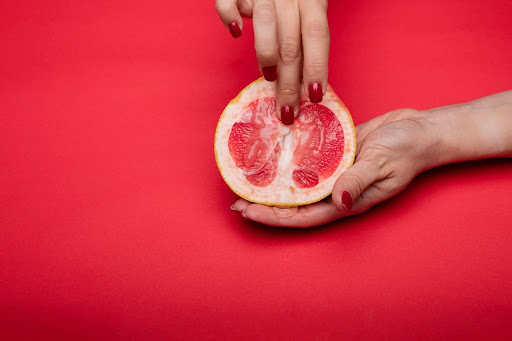Squirting: How Does It Work?

Squirting, also known as female ejaculation, has long been a source of fascination, debate, and controversy. Women expel fluid from the urethra during sexual stimulation or orgasm, which is a natural and normal occurrence. Despite its popularity, it remains a mystery to many people. We’ll look at what squirting is, how it works, and whether it’s normal in this blog.
What Exactly Is Squirting?
During sexual arousal or orgasm, squirting is the act of releasing a clear, odourless fluid from the urethra. Skene’s glands, also known as the female prostate, are located near the urethra and produce this fluid. Typically, the fluid is released in response to G-spot stimulation on the anterior (front) vaginal wall.
Squirting is not the same as vaginal lubrication, which is produced by the Bartholin’s glands to facilitate intercourse. Furthermore, it is not urine, though some studies have found trace amounts of urine in the fluid.
What Is the Process of Squirting?
The precise mechanism of squirting is still unknown, and there is ongoing debate in the scientific community about its nature. Several theories, however, attempt to explain how it works.
According to one theory, it occurs as a result of the Skene’s glands filling with fluid during sexual arousal. When the glands fill, they put pressure on the urethra, causing fluid to be released during orgasm.
According to another theory, squirting is a type of urinary incontinence, which is the involuntary leakage of urine. According to this theory, during sexual stimulation, the muscles that control the bladder relax, causing the bladder to empty.
Squirting may also be linked to the female prostate, according to new research. Skene’s glands are structurally similar to the prostate gland in men and may produce fluid with a similar composition to prostate fluid.
Is It Normal to Squirt?
Squirting is a normal and natural occurrence in women during sexual activity. However, squirting is not experienced by all women, and it is not a measure of sexual pleasure or orgasm.
Because the amount and type of fluid produced by the Skene’s glands varies from woman to woman, some women may find it easier to squirt, while others may find it more difficult or impossible.
It is critical to understand that squirting is not a symptom of a medical condition or disease. However, if you experience pain, discomfort, or any other unusual symptoms while engaging in sexual activity, you should always consult a healthcare provider.
Conclusion
In conclusion, squirting is a natural and normal part of female sexual response, though its exact nature is unknown. Whether you squirt or not, it is important to remember that sexual pleasure and satisfaction are unique to each person, and there is no one “right” way to experience them. Squirting is not a measure of sexual pleasure, and you should not be embarrassed or ashamed if you do not experience it. Instead, concentrate on getting to know your own body and discovering what works best for you.

Leave a Reply